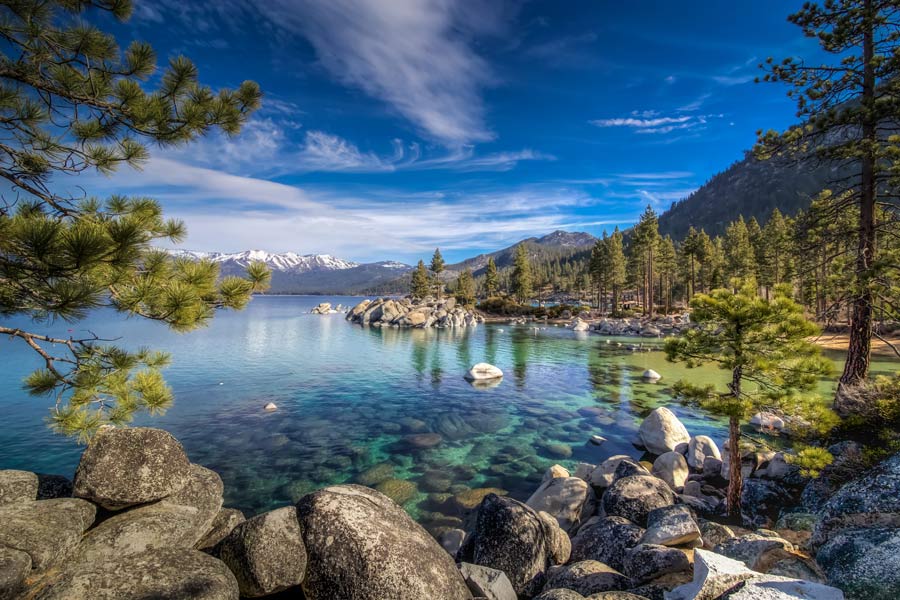Chief’s corner: Living with smoke
As part of our continued commitment to the safety of our forests and community, fire managers have begun controlled pile burning in designated areas. This work is essential for reducing hazardous fuels that can contribute to high-intensity wildfires. By carefully managing these fuels, we create defensible spaces around properties, establish shaded fuel breaks, and provide safer zones for firefighters to work if a wildfire occurs.
The Tahoe Basin Fire Chiefs strongly support the use of prescribed fire under appropriate conditions as an effective tool for maintaining forest health and reducing wildfire risk. To learn where these fires are taking place in the Lake Tahoe Basin, view the prescribed fire map with project details at Tahoe Living With Fire. If you notice smoke this time of year, it is likely a controlled fire and we recommend you visit the website or contact your local fire agency before calling 911.
The fall typically brings cooler temperatures and more precipitation, creating ideal conditions for prescribed fire operations. Our teams use these favorable conditions to conduct safe, effective burns. Each operation follows a specialized burn plan that accounts for factors like smoke dispersal conditions, temperature, humidity, wind, and vegetation moisture. We use this information to determine the safest and most effective times and locations for these burns.
Our prescribed fire managers employ several methods for fuel reduction, including pile burning, broadcast burning, and understory burning. During this time of the year, focus is generally on pile burning, which involves igniting piles of slash (gathered forest debris) that have been created by hand or mechanical equipment. Broadcast and understory burning are alternative methods that use low-intensity fire over broader areas to remove surface fuels, confined within specific boundaries and environmental conditions. With the recent rain and snow, conditions are not ideal for broadcast and understory burns. Each technique is carefully chosen to reduce fire risks while preserving the health of our forest ecosystem.
You may notice some smoke in the air during these operations. For those with respiratory sensitivities, we recommend keeping doors and windows closed, using indoor air purifiers, and limiting outdoor activities until the smoke clears. Fire managers will keep you informed of the burn schedule to help minimize any disruptions. To learn more about smoke, view helpful Smoke Management Tips and determine the current air quality index in your area at AirNow.
Please rest assured that all operations are handled by trained fire professionals, and
burns only proceed under thoroughly vetted conditions. Our team monitors each burn to ensure the highest level of safety for both our community and our firefighters.
Thank you for your understanding and cooperation as we work together to protect our forests and our community.
“Chief’s Corner” is a regular feature from Lake Tahoe Basin Fire Chiefs, offering information, tips and education material on fire safety, emergency preparedness and other pertinent topics. Chad Stephen is the Fire Chief of the Lake Valley Fire Protection District. If you have any questions, please contact Chief Stephen or Fire Marshal Steve Pevenage at (530) 577-3737.

Support Local Journalism

Support Local Journalism
Readers around the Lake Tahoe Basin and beyond make the Tahoe Tribune's work possible. Your financial contribution supports our efforts to deliver quality, locally relevant journalism.
Now more than ever, your support is critical to help us keep our community informed about the evolving coronavirus pandemic and the impact it is having locally. Every contribution, however large or small, will make a difference.
Your donation will help us continue to cover COVID-19 and our other vital local news.










